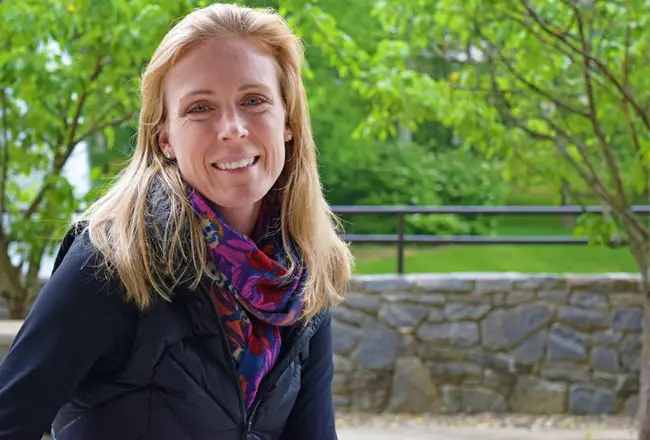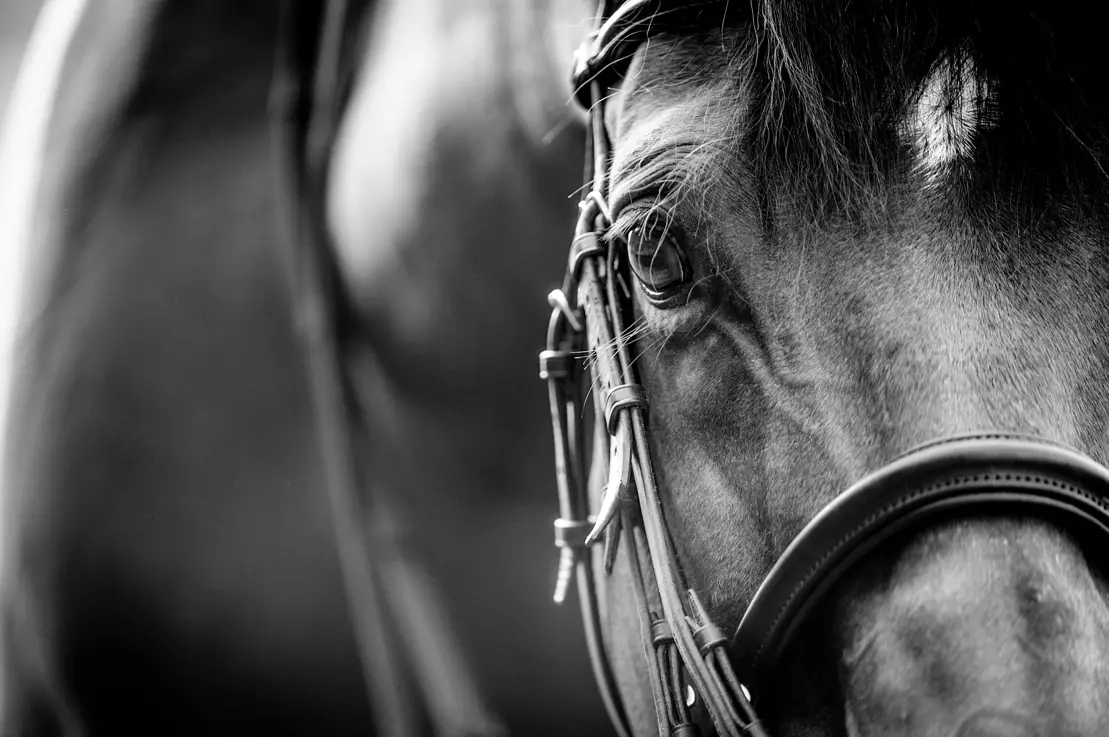Danbury photographer Kathy Russell finds niche in equine market

Can a horse be a diva? For Danbury-based equine photographer Kathy Russell, the answer is clearly yes.
“When I am shooting, the horse is in charge,” she said. “For the most part, they cooperate, but sometimes they don”™t, so I have to rethink or rework what I am doing and cater to whatever the horse is willing to do. There definitely are horses that work the camera. I wouldn”™t say that there are horses that are camera-shy, but I would say there are horses that are bored. They are like, oh, you”™re not giving me a treat, so I don”™t have to put my ears forward.”
Although Kathy Russell Photography also places people, homes and dogs in the viewfinder, the central focus for this enterprise involves horses. Russell, a native of the Toronto area, was a self-described “barn rat” during her formative years and worked a variety of stable jobs ”“ from the artistic braiding of horses”™ manes to the decidedly less artistic shovel-and-bucket duty ”“ to help pay for her photojournalism studies at Loyalist College in Belleville, Ontario. During this time, she recognized the potential in blending her twin interests into a career.

“I grew up riding and being around horses and I always loved taking the camera out,” Russell said. “They say that if you can combine your passions and turn it into your work, you”™ll never work a day in your life. It”™s a cliché, but it”™s true. When I decided that I wanted to be a photographer, the only kind of photography that I wanted to get into was equestrian.”
Russell was affiliated with photographic agencies for a dozen years before branching out into her own one-woman business in 2014. Her client base is “anybody who loves horses,” she said, from professional stables and breeders in thoroughbred racing and the horse-show would to those who keep horses as beloved pets.
“You could be the person who has a horse at home and loves it to death and never takes it to a horse show, or you can be a person who travels all over the country and all over the world,” she said. “Most of the time, the people I am working with are riders and they want me to capture the relationship between them and their horse. But it doesn”™t have to be on a show level. It can be on a very personal level.”
Yet it is within the equestrian sporting world that Russell has gained her greatest prominence, taking her on journeys throughout the U.S. and Canada.
“The horse show circuit, in a sense, is a little bit of an upscale traveling circus,” she said. “There are a lot of the same characters from place to place, but there are multiple circuits and some horse shows are more desirable than others.”
The logistics of following her peripatetic clients on the show circuit requires Russell to maintain a network of part-time helpers at different locations across North America who provide assistance at her on-site assignments. When it comes to equipment, Russell is loyal to one brand ”” “I”™m all Nikon!” ”” and always works with two cameras to ensure continuous work in the event of a problem with her primary camera.
Russell relies on word-of-mouth marketing and referrals for new business and tries to structure her billing to the specifics of her assignments. Although her full-portrait package pricing starts at $750 and can go higher based on location, travel and the number of horses in the assignment, she is aware that horse owners are sometimes on a tight budget.
“Sometimes I work with barns to offer mini-sessions at a lesser rate if I have multiple clients within a barn that are on a bit of a tighter budget but still want some special memories with their horse,” she said.
Clients have used her work in custom-published coffee table books featuring the photographed horses and for framed displays, Russell said. Her work has been published in media outlets catering to equestrian sports and equine ownership, and she hopes to expand her photography into gallery exhibitions.
For photographers starting their own professional enterprise, “I would recommend finding something you can corner and then building and growing it, so it”™s not a broad spectrum but a very narrow spectrum ”” and, then, working for that market,” Russell said.